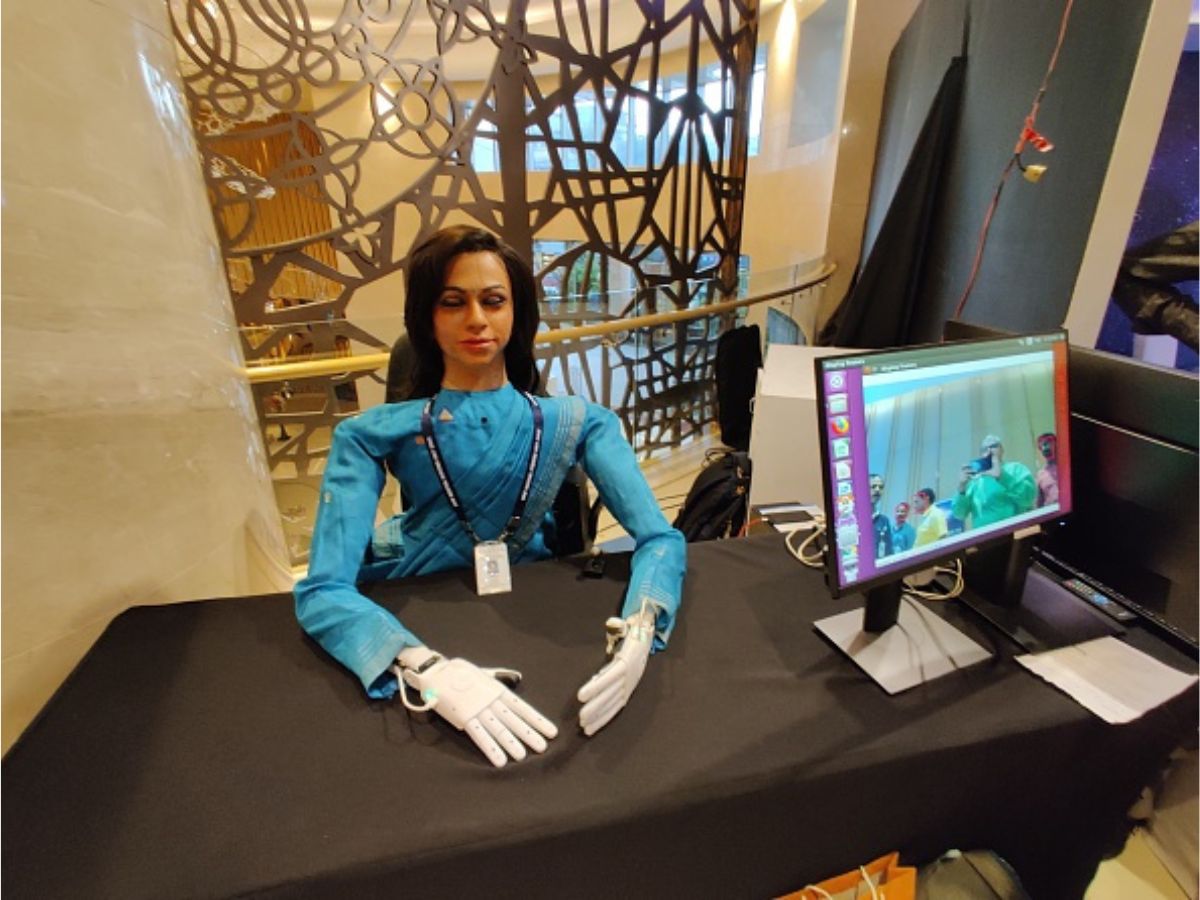Gaganyaan: India's First Human Spaceflight Mission Expected To Be Launched In 2024, Minister Says
Union Minister of Science and Technology Jitendra Singh also said that Gaganyaan 1, first test flight of the Gaganyaan Programme, is scheduled to take place later this year.

India's first human spaceflight mission, Gaganyaan 3, is expected to be launched in 2024, Union Minister of Science and Technology, Jitendra Singh, said Tuesday. On the sidelines of an event, the minister told reporters that the Indian government had planned the human spaceflight mission for 2022, but everything went haywire due to the Covid-19 pandemic. The government aimed to launch the first human spaceflight mission in 2022 because the year marks 75 years of India's independence. Singh also said that the first test flight of the Gaganyaan Programme is scheduled to take place later this year, news agency PTI reported.
The minister said that the Covid-19 pandemic took a toll on the training of astronauts in Russia as well as India. Gaganyaan 1 is the first of the two test flights of the Gaganyaan Programme. An uncrewed spacecraft that has the capacity to carry three persons to space is expected to be launched to space in late 2022, as part of Gaganyaan 1.
What Is Next After Gaganyaan 1?
Following Gaganyaan 1, a spacefaring humanoid robot, called Vyommitra, will be sent to outer space, as part of Gaganyaan 2. Singh said that Gaganyaan 2 is likely to launch next year.

According to the report, the Indian Air Force had identified four fighter pilots as the potential crew for Gaganyaan 3. The potential crew underwent basic training in Russia.
ALSO READ | India’s Space Odyssey: Aditya L-1 To Chandrayaan, Gaganyaan, Shukrayaan — ISRO's Future Space Missions
Singh said that in 2024, the Indian Space Research Organisation (ISRO) will send at least two astronauts into low-Earth orbit, after assessing the outcome of the two orbital test flights, Gaganyaan 1 and 2.
As part of Gaganyaan 1, the spacecraft will be launched to an altitude of 15 kilometres. Space scientists will simulate an abort scenario to ensure the return of the crew capsule to Earth, using parachutes, officials said, according to the report.
Gaganyaan 2 will take the crew capsule to a higher altitude. A similar abort scenario will be simulated to perfect the system.
During his Independence Day address in 2018, the Prime Minister of India, Narendra Modi, announced at the Red Fort that the Gaganyaan mission will be completed at a cost of Rs 10,000 crore.
All About Gaganyaan
The Gaganyaan Programme aims to demonstrate indigenous capability to undertake human spaceflight missions to low-Earth orbit.
Three flights will be sent into low-Earth orbit under the Gaganyaan Programme. These include two unmanned flights and one human spaceflight.
The upcoming missions will enhance the technological capabilities of the nation and will make a significant contribution to scientific research and development.
Gaganyaan's second uncrewed mission, Gaganyaan 2, is likely to be conducted next year. According to ISRO, the objectives of the uncrewed missions are technology demonstration, safety and reliability verification. The missions are aimed at studying the spacecraft systems before conducting the first crewed spaceflight.
Gaganyaan 3, the first crewed Gaganyaan mission, is expected to be launched in 2024. The astronaut trainees will be selected for a pool of test pilots, and will have to undergo fitness tests, and psychological and aeromedical evaluation.
If Gaganyaan 3 is successful, India will become the fourth nation to independently send humans to space, after the Soviet Union, United States, and China.
India's next focus will be towards achieving a sustained human presence in space.
Chandrayaan-3 is a planned third lunar exploration mission by ISRO, and will be a mission repeat of Chandrayaan-2. However, Chandrayaan-3 will not have an orbiter. According to the PTI report, officials said there are two launch windows for Chandrayaan 3 next year – in February and July.
Chandrayaan-3 will be launched from the Satish Dhawan Space Centre, Sriharikota, atop a Geosynchronous Satellite Launch Vehicle (GSLV) Mark III rocket. The lunar rover, lander and propulsion module that will be launched as part of the mission will aim for the same landing site on the Moon's south polar region that Chandrayaan-2's Vikram lander attempted in 2019.
Related Video
Southern Rising Summit 2024: How Important is Self-Awareness? Insights from Anu Aacharya | ABP LIVE
Top Headlines





































